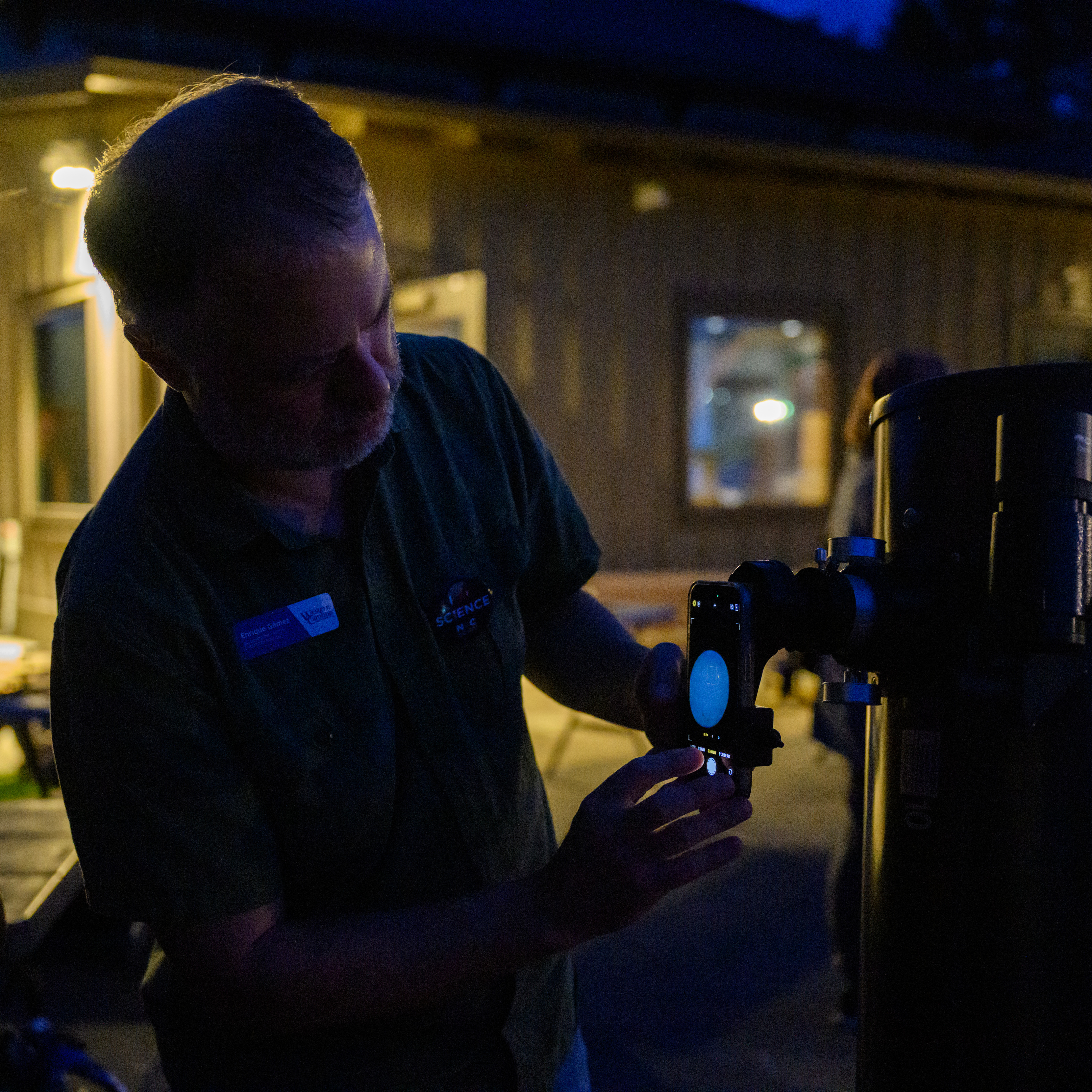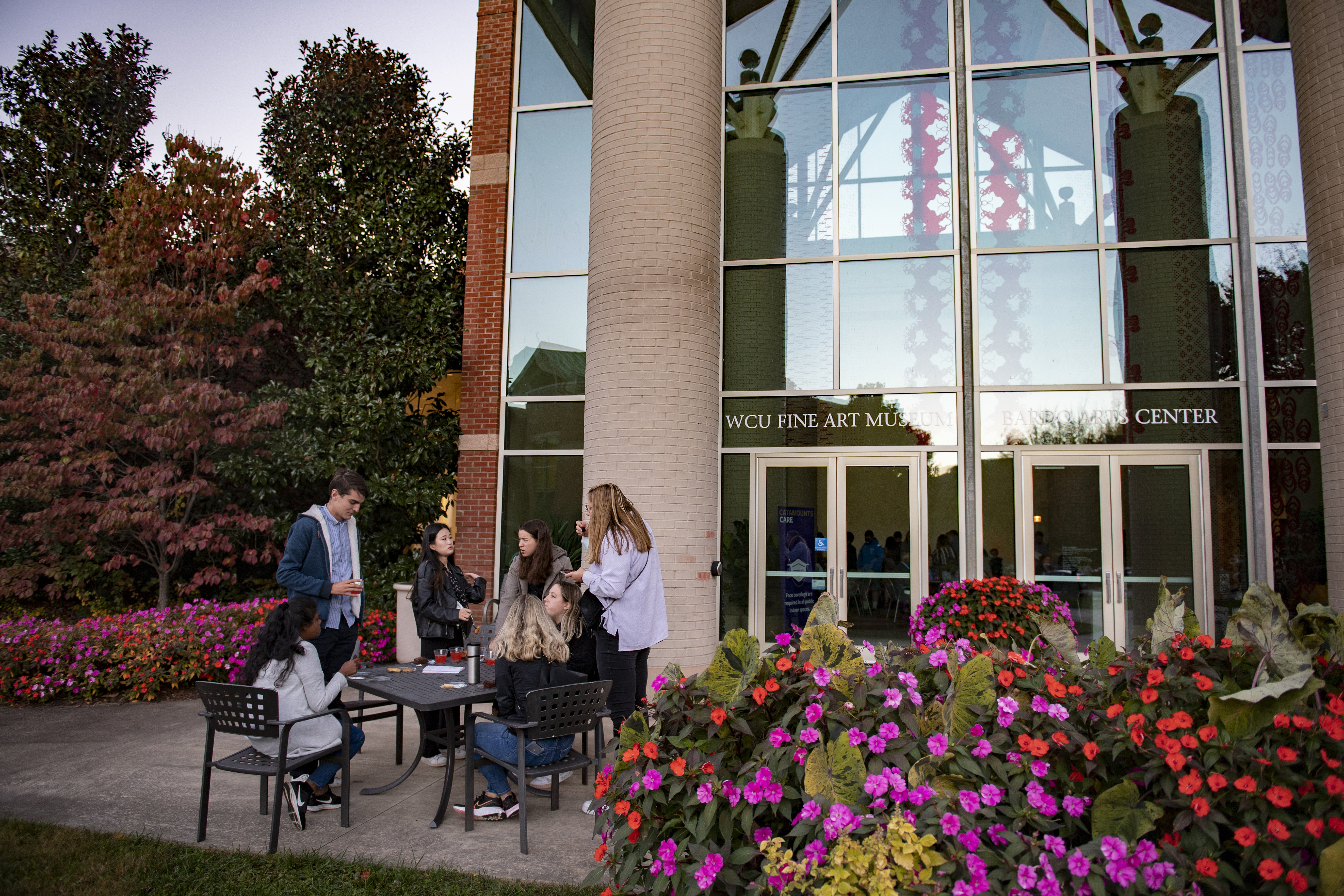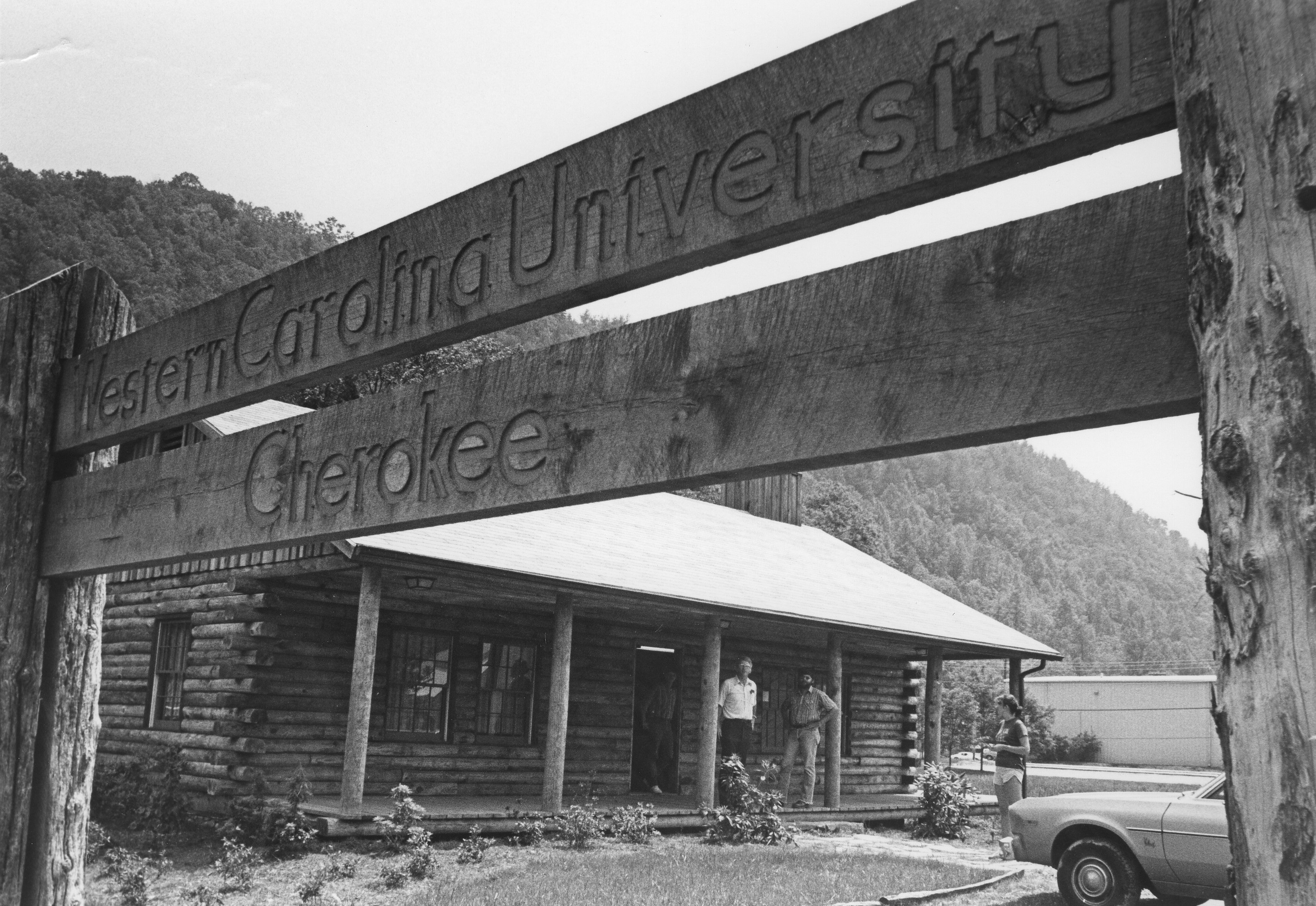Ģ������Ƶastronomers to celebrate International Observe the Moon Night with community

Enrique Gomez
By Shane Ryden
Our experience of the night sky is everchanging.
As our eyes wander to the heavens and we gradually learn more about the moon and stars, the twinkling cosmos glow in greater detail.
What were once the ornaments of a child’s imagination take their true scale; we realize our planet as one among many, with a story of growth and change spanning many millennia.
On Saturday, Oct. 4 at 6:30 p.m. in Ģ������Ƶ’s Electron Garden, Ģ������Ƶastronomers invite students and members of the public to take that thought further, nearly a quarter of a million miles further, to celebrate NASA’s International Observe the Moon Night.
This year, they will join over 1,000 other groups holding celebrations worldwide.
Armed with telescopes and equipped with an array of lunar activities, members of the Catamount Astronomy Club and Enrique Gomez, associate professor of physics and astronomy, will gather guests and aim their instruments skyward to study the waxing gibbous moon.
They will do so beside the recently-dedicated Ģ������ƵMoon Tree, an American Sweetgum that orbited the celestial object as part of the Artemis I mission.
“In the night sky, there’s nothing more dynamic and richly detailed than the moon,” said Adam Bryant, science education major and president of the astronomy club. “That’s why it’s such a great unifier of anyone interested in space.
“A full moon is nice and super bright. Best phase for the soul. It’s fantastic just looking at it, no telescope needed. But if you want the immense detail and dynamics that you get with that less-than-full moon, you look at it during half full, waxing gibbous, crescent phases. And you get to see all these little craters and mountains and prominences and all these incredible geological features that are basically invisible when it’s a full moon.”
The Southern Highlands? The Bay of Rainbows? The crater Tycho? These are just a few of the noteworthy sights that Ģ������Ƶastronomers wish to share with the public, especially those who’ve not yet had the privilege to use equipment like a Dobsonian telescope.
Gomez has organized similar such celebrations before and estimates he’s shown the moon and night sky to over 10,000 people in his decades as an astronomer. He emphasized the significance of this style of events in making science more accessible and lauded WCU’s student astronomers for their willingness to lead that charge.
“We want to reduce this distance between the experience of science and people’s everyday lives,” said Gomez.
“There is a huge value in what’s called informal science education. With informal science education, you create spaces that invite people in. It’s not a formal structure. People don’t get a grade. You want to invite them in to have an experience that is free, that is delightful for its own sake, that allows us to kind of lift our eyes and engage people. And another aspect of this that is of interest to me is that there’s even a mental health component,” Gomez said.
“There is this lifting of the mood. You have lifted their spirits. You have had them look in the sky. You have had them consider something that they have never considered before. And that’s just pleasure… Science should be a pleasurable activity.”
The spirit of public outreach that Gomez lauds among WCU’s future educators is funded by an optimistic attitude Bryant and his peers express well.
“If you wait for a perfect night, you’re never going to get one. So if it is clear or patchy or whatever, we see the moon smiling through, just get out there,” Bryant said. “It’s more important to spend time under the stars, because time under the stars is seldom wasted.”

